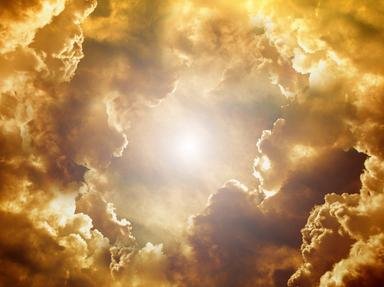Quiz Answer Key and Fun Facts
1. Amateur astronomers have used the solar projection method to help them study the Sun using a simple telescope. Is using this method completely risk-free?
2. There are some telescope filter types that are specifically designed for solar observations. One of these is Hydrogen-alpha. What is another?
3. What solar phenomenon serves as both the name of a small town in New Mexico as well as a solar observatory located in that town?
4. Which of these is the name of a solar observatory located in Southern California?
5. NASA teamed up with which European country's space program to build two Helios solar probes that were launched in the mid-1970s?
6. The Apollo Telescope Mount was constructed on which of these space stations?
7. What acronym serves as the name of a solar satellite that shares its name with a specific location in New York City?
8. In what year were two STEREO solar probes launched at the same time by NASA?
9. Which of these names is associated with a solar telescope located in the State of Hawaii?
10. In 2018, NASA launched a solar probe that has the same name as a famous Marvel superhero. Can you name it?
Source: Author
RedHook13
This quiz was reviewed by FunTrivia editor
rossian before going online.
Any errors found in FunTrivia content are routinely corrected through our feedback system.
